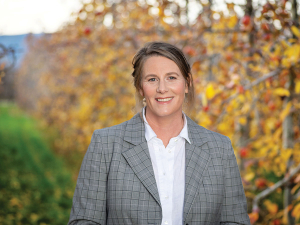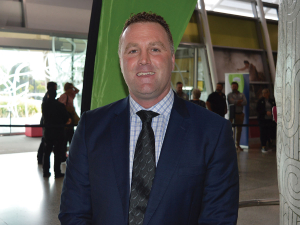The Australian dairy industry is worth about A$3 billion to the economy of Gippsland, Victoria, a regional business forum heard recently.
Growth opportunities were highlighted at Warragul on October 30, attracting the region's key decision-makers. 'Gippsland Dairy – Leveraging the Opportunities' highlighted dairying's huge contribution to the region.
The farming, manufacturing and export industry spans 1400 dairy farms producing 2 billion litres of milk a year – 20% of Australia's total. Around 6800 people work either on farms or in milk processing factories.
Speakers at the event included GippsDairy chairman Graeme Nicoll, United Dairyfarmers of Victoria (UDV) president Adam Jenkins and keynote speaker David Williams, an investment advisor with Kidder Williams.
Nicoll, who farms at Fish Creek, highlighted the potential for growth, the importance of dairy industry profitability and the spin-off benefits in investment, jobs and stronger communities.
"Dairy in Victoria has the potential to grow substantially to take advantage of the burgeoning demand for safe, high quality dairy products overseas," Nicoll said.
"This means more jobs and more economic activity which, in turn, helps maintain the towns and services that make this and other dairy regions attractive as investment and tourist destinations.
"But we have to work hard to attract investment to bring this prosperity to the regions. Investors, new and existing, have many choices on where to put their dollars. It is not inevitable that they will choose Gippsland or any other dairy region in Victoria."
Jenkins focussed on roads and transport, social licence to operate farms, water availability and communications as the key factors in the industry's success.
"We have the soils, climate and proximity to markets to grow profitably and sustainably, and take advantage of the global demand for safe, high quality dairy products," Jenkins said.
"This means more jobs locally in a skilled industry, more economic activity, vibrant towns and more of the services that underpin the region's liveability. But we can't do it alone. We need to work with local, state and federal governments, with other agricultural commodity groups, utilities and the community to leverage the opportunities."
Dairy Australia managing director Ian Halliday said the Warragul forum showed the industry's value and potential to the wider community.
"It's vital that decision-makers understand what dairying contributes to regional economies and the Australian economy as a whole," Halliday said.
"Having a chance to get people together and discuss our opportunities and concerns is the best way to promote understanding of how we can all help each other build a better dairy industry and a more prosperous Gippsland."


















